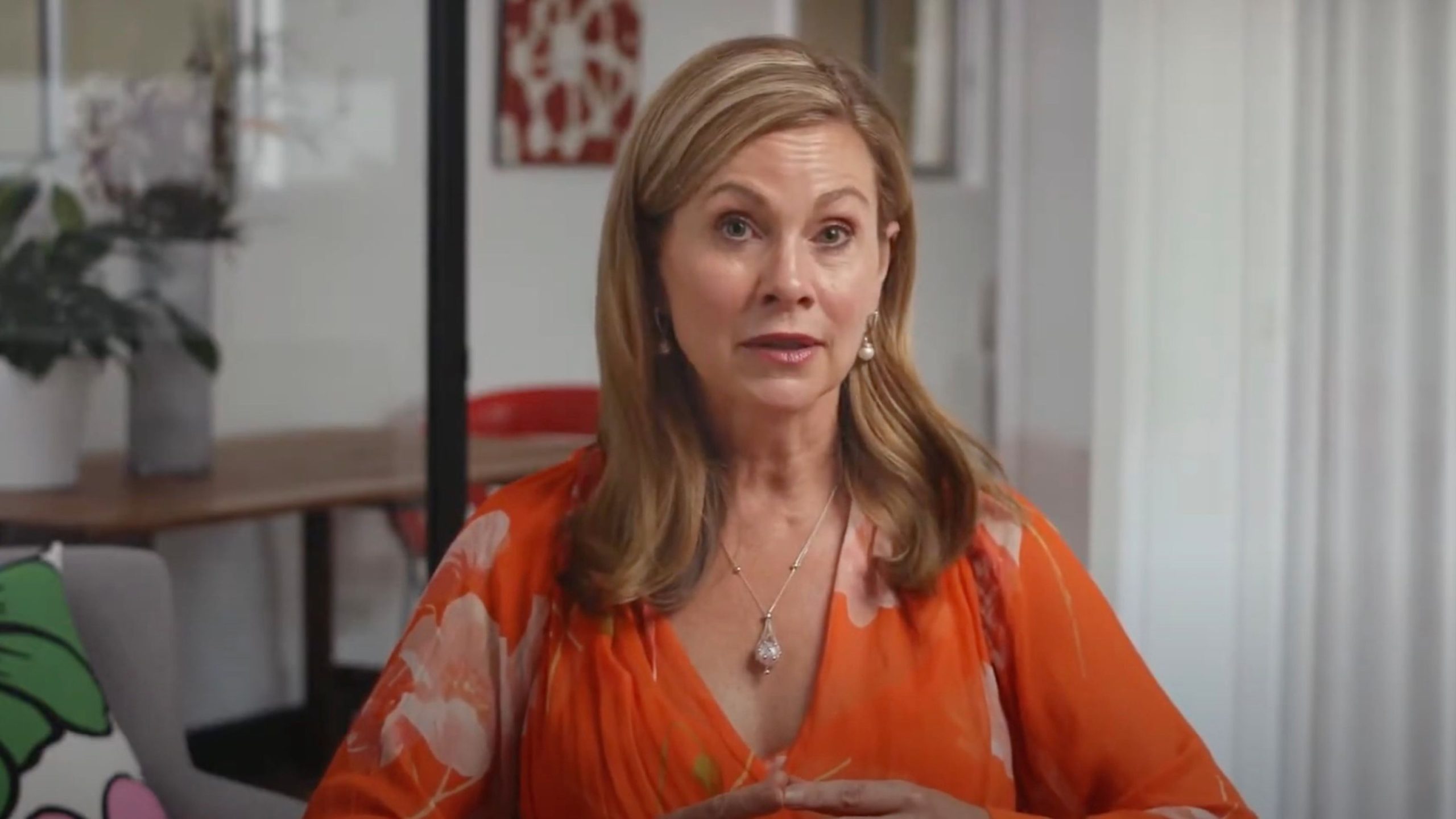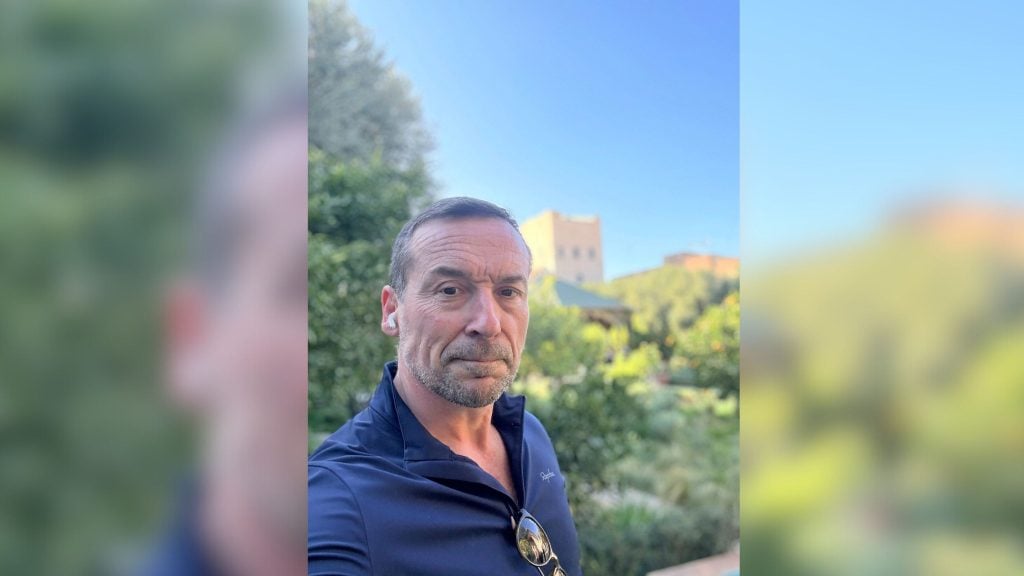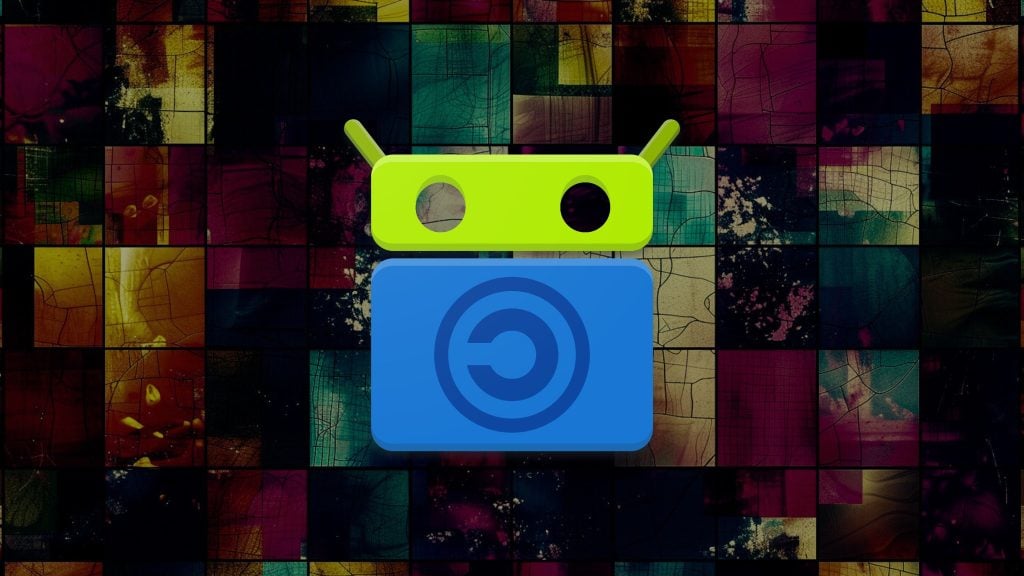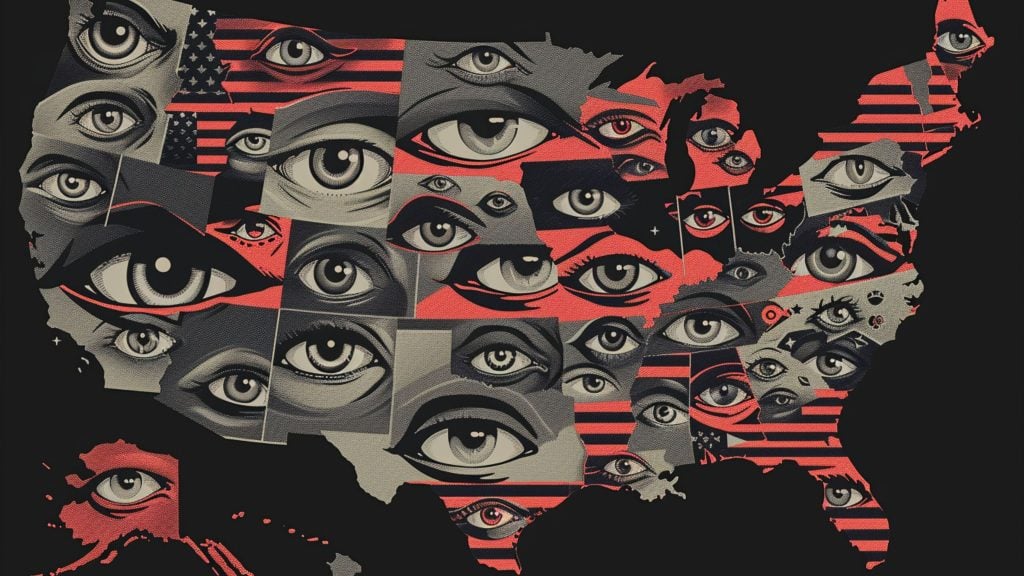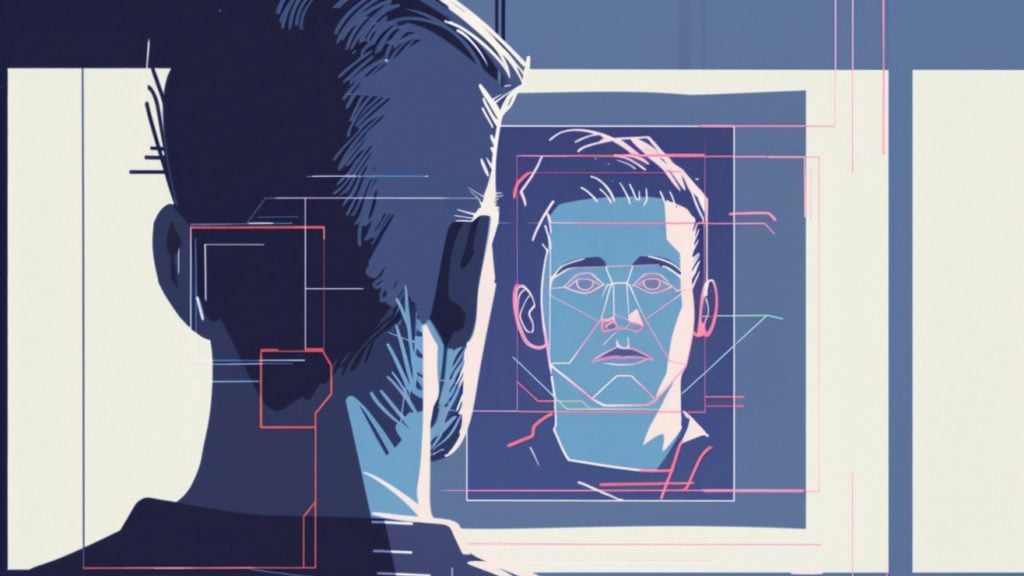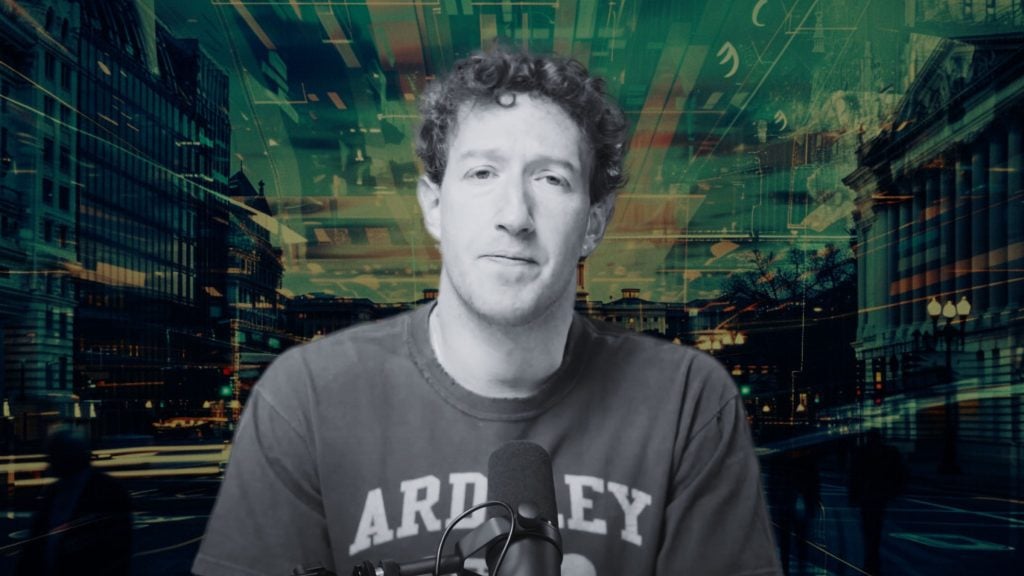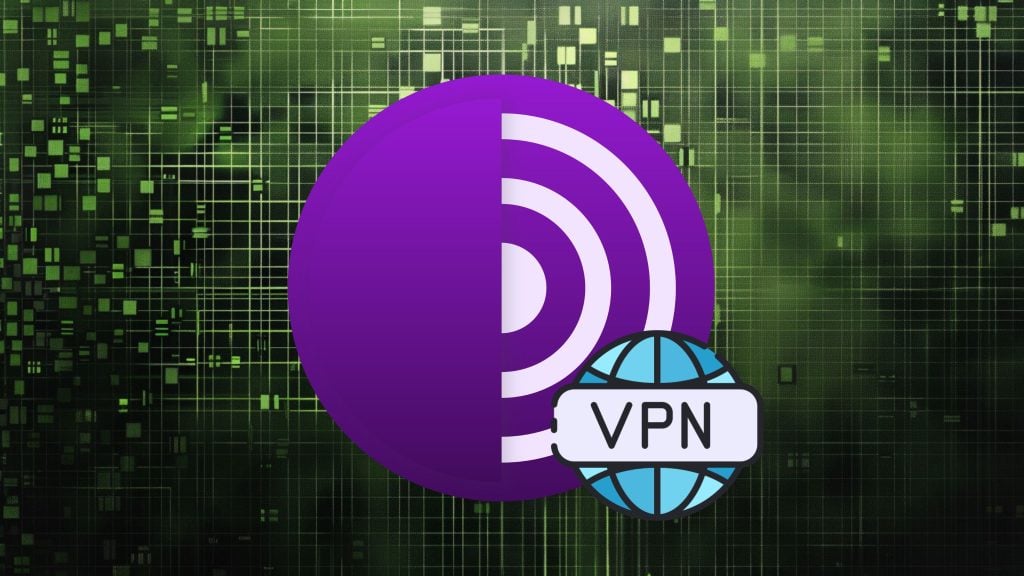Julie Inman Grant, Australia’s eSafety Commissioner (to her critics – the country’s chief censor), has attempted to explain how Online Safety Amendment – Social Media Minimum Age Bill 2024 – will be enforced.
The bill mandates online age verification, and bans minors under 16 from using social platforms, in what is described as “the strictest crackdown” yet in the world – with many in the world, no doubt, looking at how things pan out in Australia before they make their own restrictive moves.
The “small” question that remains to be answered Down Under now is – how does the government propose to determine the age of a person using an online platform, before the government orders them to be banned?
Grant may be trying to sell one method as less invasive, less potentially harmful, and otherwise controversial than another – but they appear to be as bad as each other, only in different ways.
“There are really only three ways you can verify someone’s age online, and that’s through ID, through behavioral signals, or through biometrics,” she told NPR.
The “ID” route means that every internet user would have to provide government-issued documents to platforms, revealing their real-world identity to these platforms and anyone else they’re in business with (such as governments and data brokers) and ending online anonymity for everyone.
And that, in fact, is the only sure-fire way to determine someone’s age. The other two produce estimates. The biometrics Grant mentions refer to uploading selfies to companies like Yoti, who then guess a user’s age.
Related: The 2024 Digital ID and Online Age Verification Agenda
Better than the “ID” method – that is, if you believe it’s a good idea for minors, or anyone, to just hand over biometric data to third parties.
Then, there are “behavioral signals” – and it sounds positively bonkers that a government would entertain the idea of deploying such technology on/against its citizens.
Grant said she met with yet another third party in the US – “an age assurance provider” – this unnamed company doesn’t monitor and analyze your facial features, but hand gestures. For age verification.
Like so: “Say you do a peace sign then a fist to the camera. It follows your hand movements. And medical research has shown that based on your hand movement, it can identify your age.”
One way to look at all this is that tech is being developed to step up online surveillance, while a flurry of “think of the children” laws may be here to legitimize and “legalize” that tech’s use.

